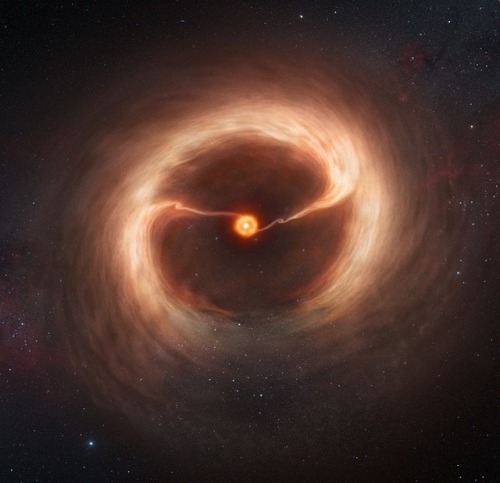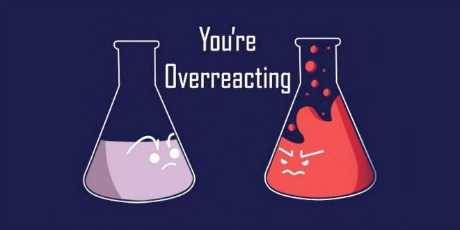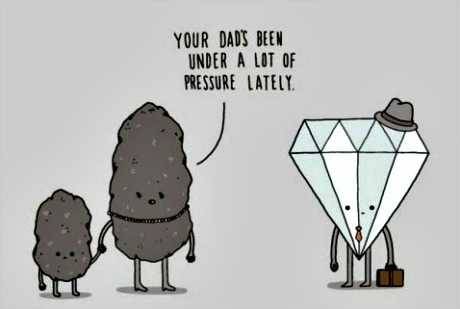For Pedestrians, Windy Conditions Can Be Uncomfortable Or Even Downright Dangerous. And While You Might



For pedestrians, windy conditions can be uncomfortable or even downright dangerous. And while you might expect the buildings of an urban environment to protect people from the wind, that’s not always the case. The image above shows a simulation of ground-level wind conditions in Venice on a breezy day. While many areas, shown in blue and green, have lower wind speeds, there are a few areas, shown in red, where wind speeds are well above the day’s average. This enhancement often occurs in areas where buildings constrict airflow and funnel it together. The buildings create a form of the Venturi effect, where narrowing passages cause local pressure to drop, driving an increase in wind speed. Architects and urban designers are increasingly turning to numerical simulations and CFD to study these effects in urban environments and to search for ways to mitigate problems and keep pedestrians safe. (Image credits: CFD analysis - SimScale; pedestrians - Saltysalt, skolnv)
This post was sponsored by SimScale, the cloud-based simulation platform. SimScale offers a free Community plan for anyone interested in trying CFD, FEA and thermal simulations in their browser. Sign up for a free account here.
For information on FYFD’s sponsored post policy, click here.
More Posts from Drunkscience4u and Others

Hey guys, we made a flyer that you can print out and post in your places of choice! http://ift.tt/2jNXMm3

Disc of gas around HD 142527
This artist’s impression shows the disc of gas and cosmic dust around the young star HD 142527. Astronomers using the Atacama Large Millimeter/submillimeter Array (ALMA) telescope have seen vast streams of gas flowing across the gap in the disc. These are the first direct observations of these streams, which are expected to be created by giant planets guzzling gas as they grow, and which are a key stage in the birth of giant planets.
Credit: ESO / Atacama Large Millimeter/submillimeter Array

thefactsworld:Pure Vanilla extract has at least 35% alcohol in… http://ift.tt/2jyvRJO
Nerds at C2E2! We aren't drunk (yet) today but you certainly...Candice is so tired and can't think of what to say. So Rebecca here to finish. Check us out at Adler After Dark on May 18. Come meet us and dip some drunk ass science!!!!! #c2e2 #cosplay http://ift.tt/2pNLUXF

Nasa is to host a major press conference on a “discovery beyond our solar system”.
The event will see the revelation of major information about exoplanets, or planets that orbit stars other than our sun, according to a release. It made no further mention of the details of what would be revealed.
Exoplanets are the major hope for life elsewhere in the universe, since many have been found that resemble our own Earth and could have the building blocks of life. More of them are being discovered all the time.
The event will take place on 22 February at 1pm New York time, it said. It will be streamed live on Nasa’s television station and on its website.
Attending the press conference will be astronomers and planetary scientists from across the world.
Nasa said that the public will be able to ask questions using the hashtag #AskNasa during the conference. The agency will also hold a Reddit AMA, or ask me anything, session straight after the briefing.


Rebecca is loving this Snapchat filter from IWD 2017!!
Please subscribe, like, comment, and donate! Next episode April 1, 2017. Starring: Candice Lola Directed by Rebecca Berger Produced by Rebecca Berger and Candice Lola Written by Candice Lola Editing, Color, Sound Design by Rebecca Berger Animation by Rachael K McDonald Links: Music: http://ift.tt/1JICaNj and http://ift.tt/2lquxdO http://ift.tt/2lINlQJ http://ift.tt/2lqtjzr http://ift.tt/2lIL08B http://ift.tt/2lqvuCQ (Donations are always welcome!) http://ift.tt/2lITyw7 http://ift.tt/2lqvQJO
-
 techjum reblogged this · 4 years ago
techjum reblogged this · 4 years ago -
 sierrapileofstuff reblogged this · 5 years ago
sierrapileofstuff reblogged this · 5 years ago -
 natal-07-blog liked this · 7 years ago
natal-07-blog liked this · 7 years ago -
 gustaytarl-blog liked this · 7 years ago
gustaytarl-blog liked this · 7 years ago -
 lifemoderna reblogged this · 7 years ago
lifemoderna reblogged this · 7 years ago -
 the-nomadic-writer reblogged this · 7 years ago
the-nomadic-writer reblogged this · 7 years ago -
 nightshadequeen reblogged this · 7 years ago
nightshadequeen reblogged this · 7 years ago -
 casthekat liked this · 8 years ago
casthekat liked this · 8 years ago -
 clareithromycin reblogged this · 8 years ago
clareithromycin reblogged this · 8 years ago -
 crimsondestiny7 liked this · 8 years ago
crimsondestiny7 liked this · 8 years ago -
 schadenfreudessa reblogged this · 8 years ago
schadenfreudessa reblogged this · 8 years ago -
 geesemeese liked this · 8 years ago
geesemeese liked this · 8 years ago -
 industrialangel liked this · 8 years ago
industrialangel liked this · 8 years ago -
 puzzler liked this · 8 years ago
puzzler liked this · 8 years ago -
 17041703-blog liked this · 8 years ago
17041703-blog liked this · 8 years ago -
 segredosdodiariosecreto liked this · 8 years ago
segredosdodiariosecreto liked this · 8 years ago -
 jungwildeandfree reblogged this · 8 years ago
jungwildeandfree reblogged this · 8 years ago -
 hallsoferiador liked this · 8 years ago
hallsoferiador liked this · 8 years ago -
 salekinj reblogged this · 8 years ago
salekinj reblogged this · 8 years ago -
 salekinj liked this · 8 years ago
salekinj liked this · 8 years ago -
 colrcoral reblogged this · 8 years ago
colrcoral reblogged this · 8 years ago -
 rynn101 liked this · 8 years ago
rynn101 liked this · 8 years ago -
 velvetspliffs liked this · 8 years ago
velvetspliffs liked this · 8 years ago -
 marcus-wong liked this · 8 years ago
marcus-wong liked this · 8 years ago -
 thirstywhitedad reblogged this · 8 years ago
thirstywhitedad reblogged this · 8 years ago -
 pmmdj reblogged this · 8 years ago
pmmdj reblogged this · 8 years ago -
 stressed-and-unimpressed liked this · 8 years ago
stressed-and-unimpressed liked this · 8 years ago -
 timeisthearchitect reblogged this · 8 years ago
timeisthearchitect reblogged this · 8 years ago -
 cassavanetwork-blog liked this · 8 years ago
cassavanetwork-blog liked this · 8 years ago -
 alibrariangoestoikea reblogged this · 8 years ago
alibrariangoestoikea reblogged this · 8 years ago -
 persuasive-paper-blog liked this · 8 years ago
persuasive-paper-blog liked this · 8 years ago -
 incohare liked this · 8 years ago
incohare liked this · 8 years ago -
 curvingwherewhen liked this · 8 years ago
curvingwherewhen liked this · 8 years ago -
 gecko-s-greenhouse reblogged this · 8 years ago
gecko-s-greenhouse reblogged this · 8 years ago -
 wisconsinwarlock reblogged this · 8 years ago
wisconsinwarlock reblogged this · 8 years ago -
 utot-atbp liked this · 8 years ago
utot-atbp liked this · 8 years ago -
 gelunnucifera reblogged this · 8 years ago
gelunnucifera reblogged this · 8 years ago -
 master7mindd reblogged this · 8 years ago
master7mindd reblogged this · 8 years ago -
 pinkhiddlesgal reblogged this · 8 years ago
pinkhiddlesgal reblogged this · 8 years ago -
 pilipa liked this · 8 years ago
pilipa liked this · 8 years ago -
 lomm24 reblogged this · 8 years ago
lomm24 reblogged this · 8 years ago -
 lomm24 liked this · 8 years ago
lomm24 liked this · 8 years ago -
 mckitterick liked this · 8 years ago
mckitterick liked this · 8 years ago
The official page of Drunk Science! An enthusiastic host performs simple experiments and then humorously explains the science behind the result, all while visibly drunk.
126 posts






